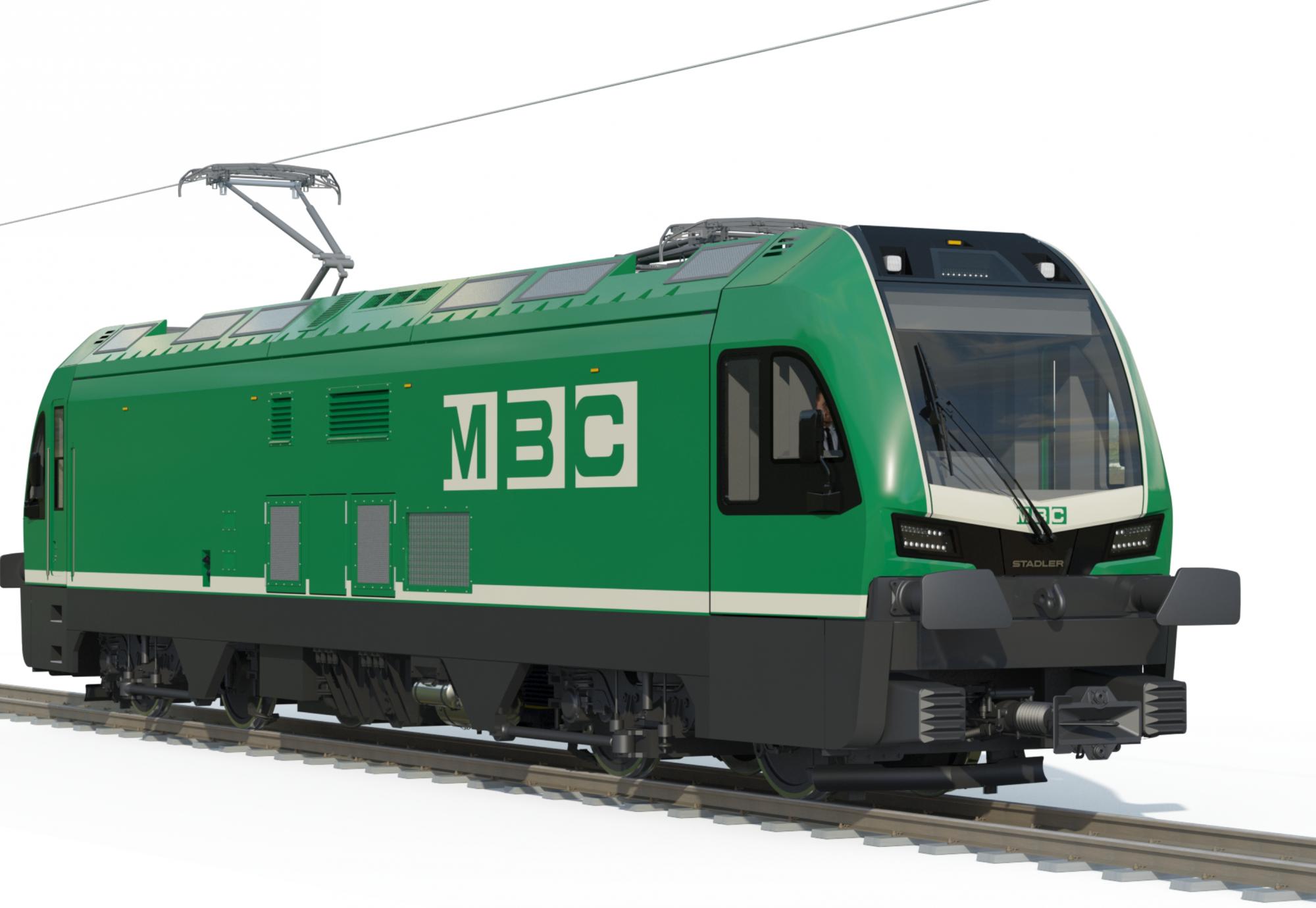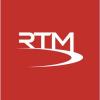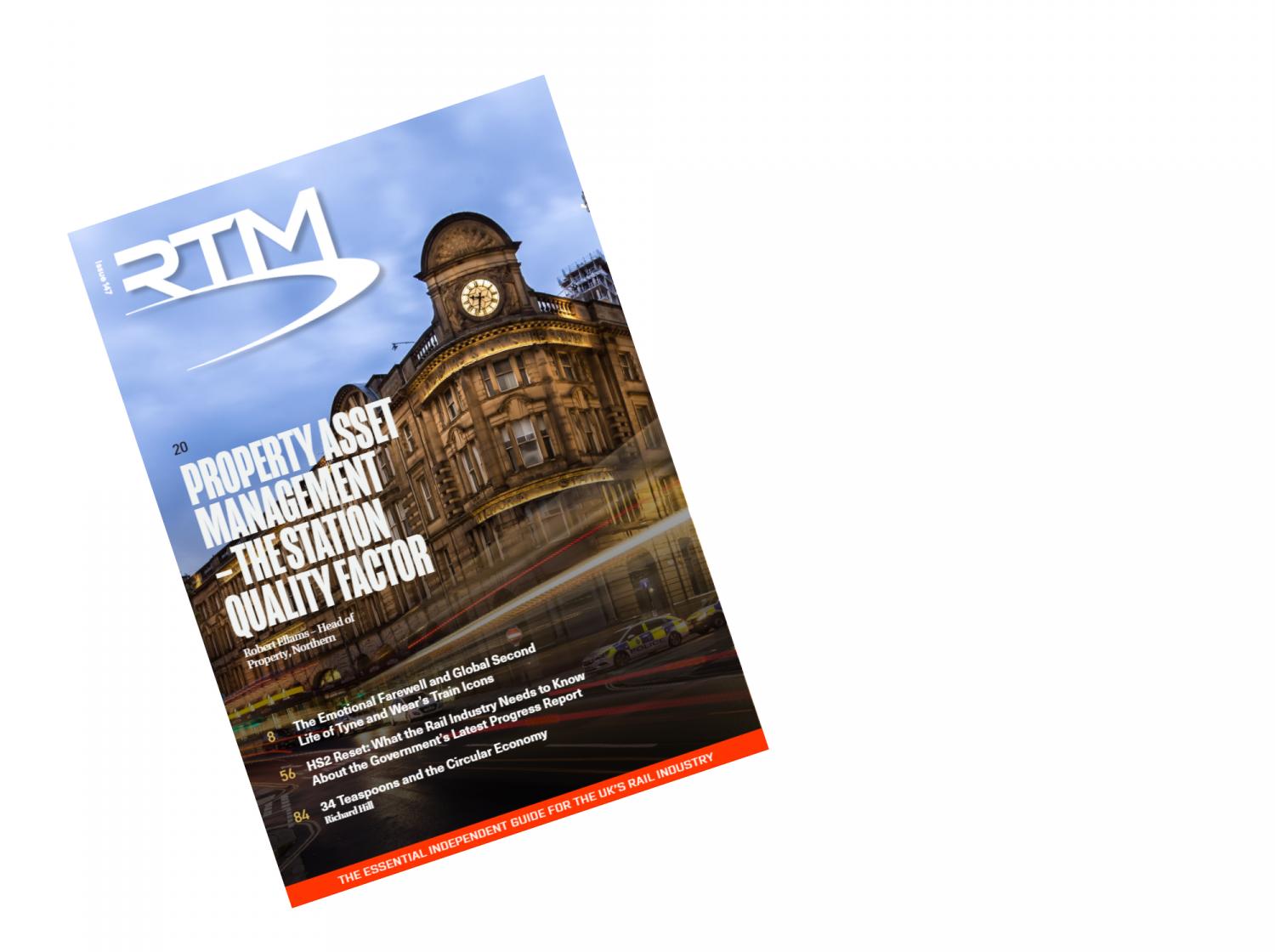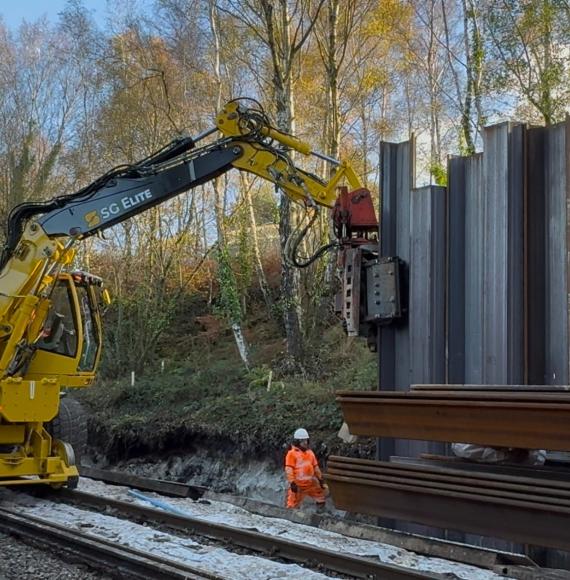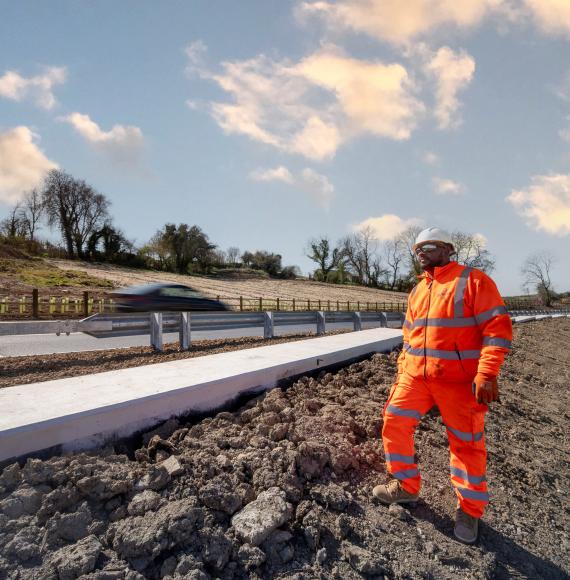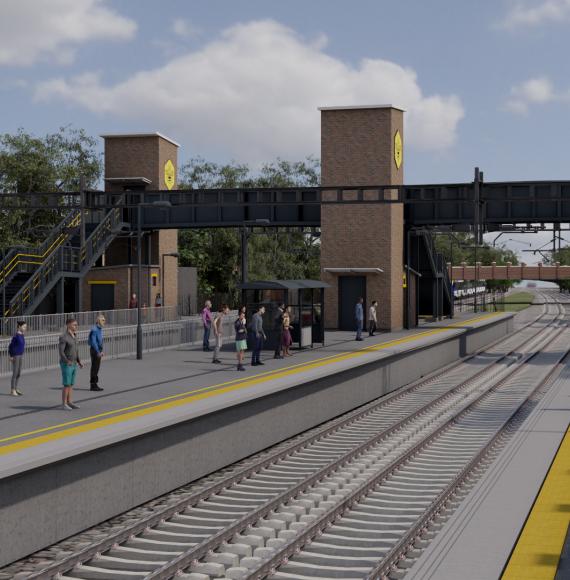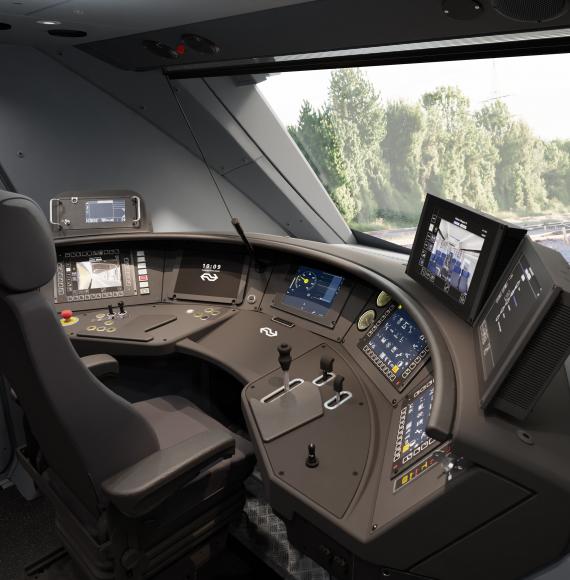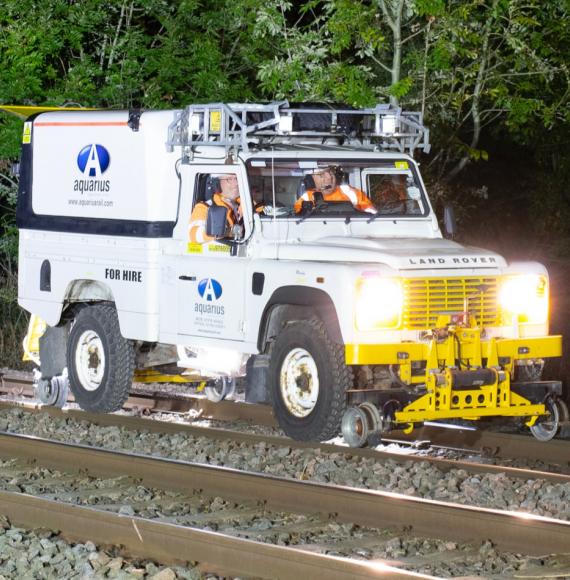Stadler has confirmed the delivery of two additional metre-gauge hybrid locomotives to Transports de la région Morges–Bière–Cossonay (MBC), strengthening efforts to shift freight from road to rail in the canton of Vaud. The new locomotives, designed for both overhead and diesel operation, will enter service by the end of 2028.
The vehicles will primarily handle freight movements between Morges and Bière, supporting Switzerland’s modal shift strategy aimed at reducing heavy goods traffic on regional roads.
"The new locomotives are an important step towards climate-friendly freight transport in the canton of Vaud.”
“We are delighted to be building a total of three vehicles for MBC. The order underlines our expertise in the field of tailor-made vehicles. I would like to thank MBC for their trust and excellent cooperation," said Frédéric Evequoz, Tailormade Sales Manager at Stadler.
Each locomotive weighs 64 tonnes, measures 17 metres in length, and can reach speeds of up to 80 km/h. With a starting tractive effort of 220 kN and a maximum power output of 3 MW, the design is optimised for metre-gauge freight operations. The locomotives will also support roll-on-roll-off services, enabling standard-gauge wagons to be transported on special rollers over the narrow-gauge network.
Delivery of the two new units is scheduled for late 2028, complementing an earlier order placed in 2024.
The investment forms part of a wider cantonal strategy to move more goods by rail, reducing reliance on road haulage and cutting emissions.
"The shift from road to rail freight transport is a significant step forward for the environment and will reduce traffic on the roads in the Morges district by some 20,000 lorries per year," emphasised Pierre-Alain Perren, Managing Director of MBC.
The locomotives for MBC are based on a common platform developed by Stadler in partnership with several Swiss narrow-gauge operators. Other customers include Montreux–Berner Oberland-Bahn (MOB), Rhaetian Railway (RhB), and Matterhorn Gotthard Bahn (MGBahn). This collaborative approach delivers economies of scale in design, production, and maintenance, while allowing bespoke adaptations for each operator.
Image credit: Stadler

